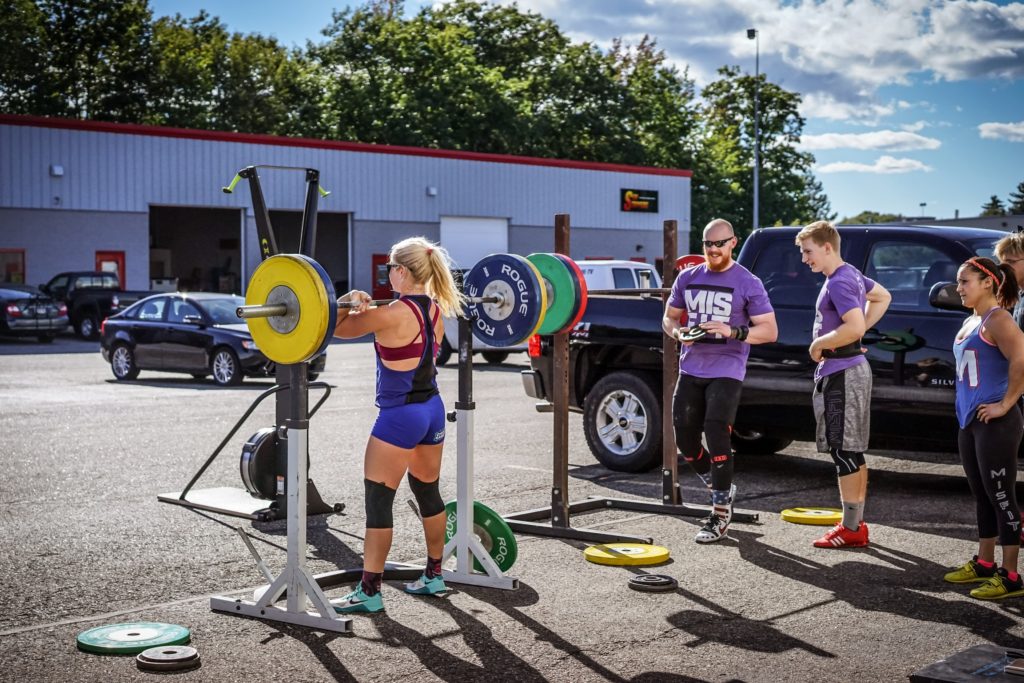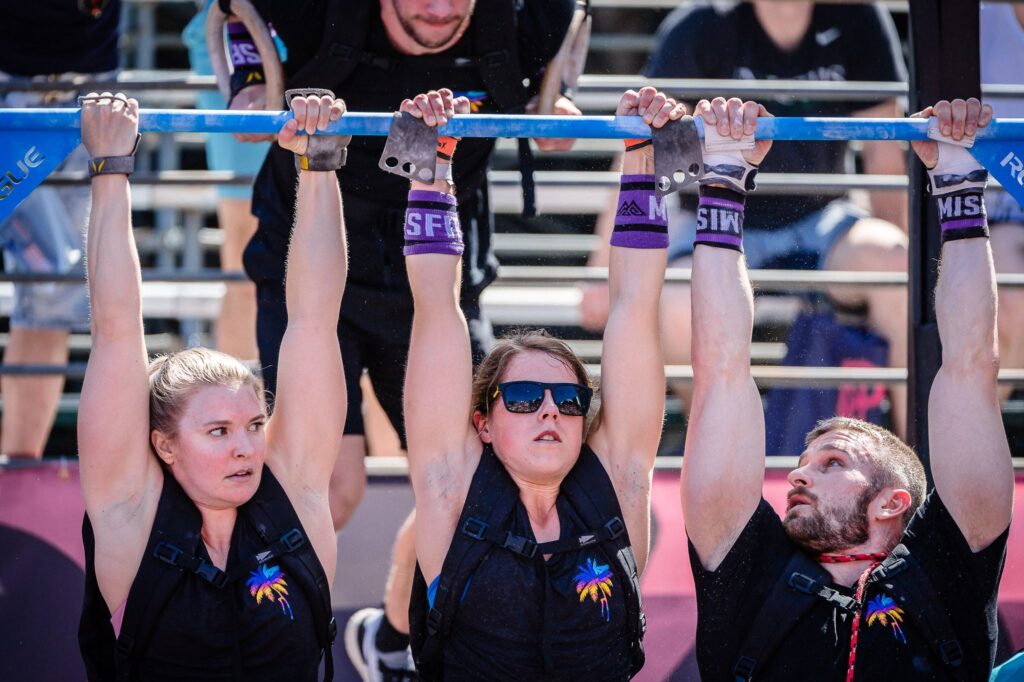17 Things I Learned This Season
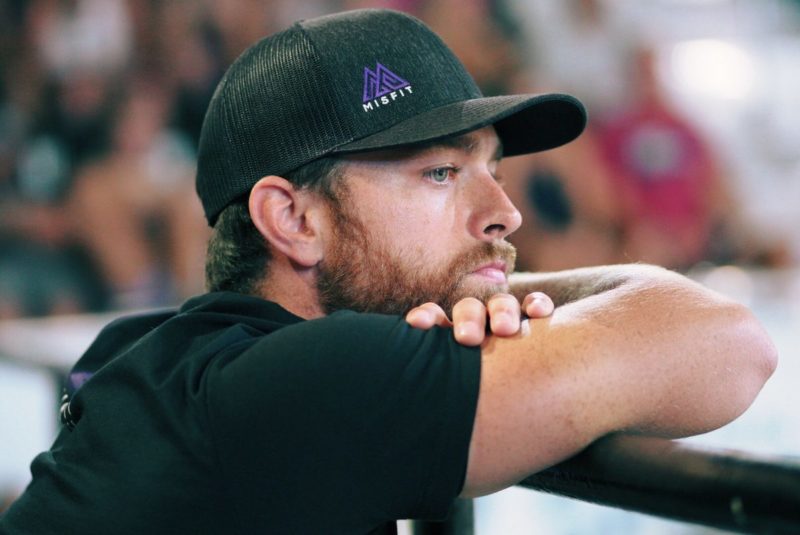
Written By: Drew Crandall
1. Know your true skill demands.
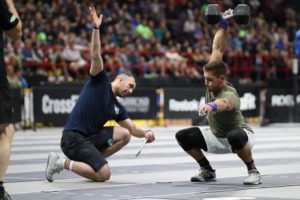
When your primary occupation for the last eight years has been watching people exercise, you notice things. The progression of our sport has led to a much higher barrier to entry than in years past. No high rep muscle-ups, handstand push-ups, or CTB? No regionals. The need to hone in these skills isn’t news to anyone, but having completely out of whack priorities is. If you suck (no offense) at box jumps, double-unders, wallballs, and pull-ups but you spend a ton of time and effort on these higher level skills, you have things very backward, and it will show immediately in the open. The concept of GPP is compelling and real. Use it.
2. It’s about what you’re not eating.
For the general public, and the majority of their diet changes should be about getting rid of the foods causing the issues. With high-level athletes, I find that many of their problems with nutrition stem from things that aren’t present. Make sure you’re eating enough food to support your training style. If you follow our blog and eat 100 grams of carbs a day or less, your performance will suffer. If you follow our blog and eat junk food regularly, your performance will suffer. Moral of the story: eat a lot of high-quality food to fuel your efforts.
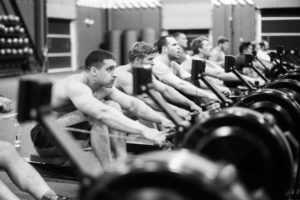 3. Endurance work is not a warm-up.
3. Endurance work is not a warm-up.
Your ability to rely on your aerobic engine is becoming a bigger and bigger part of our sport as years go on. If you continue to perform longer, lower intensity workouts with a lack of focus, direction, and preparation you will continue to wonder where the hole is in your energy systems. It would be an easy argument to say highly repetitive movements deserve MORE prep, recovery time, focus, and direction.
4. You have more control over your outcomes than you think.
Workouts don’t “happen” to you. They don’t have opinions. They don’t decide your outcome. You do. Stop taking your baggage into training pieces and instead bring your passion for improving into them. Be positive. Be hungry. And be happy that you still have something to work on because if we all didn’t, what the hell would we be doing here? Take responsibility for yourself, and you will begin to see how much say you have in your abilities.
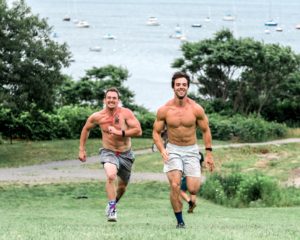
5. Daring to be fast is the first step.
How do we develop speed? We perform movements with high resistance as fast as possible, we adapt, rinse and repeat. All around your gym are implements patiently waiting for you to call upon their fierce resistance with all of your determination. Some people get over the hump with a particular movement or machine, see the benefits, and continue to believe they have the same problem elsewhere. It works just about anywhere. Go hard or stay slow. It’s that simple.
6. Choose your support system
I typically spend 100+ hours of my year in the warm-up areas at competitions. The athletes that roam around with an uneasy, lost demeanor rarely perform at the level of their abilities when compared to the athletes that have their hand-picked crew with them. Unfortunately, I’ve also seen the opposite be true when you get the feeling the athlete hasn’t made a choice themselves. Hence the word ‘choose’. The competition example was a natural choice for explanation purposes, make sure to extend the concept as far into your life as you can. Stress kills the gains.
7. Stretching ain’t dead.
Stretching is to the strength and conditioning community what eggs are to the health community. “You have to do it.” “Don’t’ do it, you will I die.” “Sorry just kidding, definitely do it.” Here’s what I know: static stretching as a cool down reduces injury risk, and I’ve seen chronic injuries and supposedly permanent mobility issues clear up with a healthy dose of ROMWOD.
8. Don’t let soft tissue work die.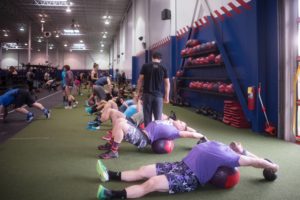
The Mobility WOD days led to some pretty impressive self-education and personal maintenance. The ROMWOD days have ushered us back into spending the real amount of time and effort it takes to make changes. Let’s not make the same mistake twice. They’re both incredible tools and should continue to be part of a balanced approach. (I generalized an outrageous amount here, get over it. You know what I mean).
9. Understand your physiology.
The more you continue to figure out what’s going on with your body in warm-ups, lifts, workouts, cool-downs, and so on, the more you can manipulate it. If I told you how you felt during each, it would be a generalization, and you’d learn nothing about yourself. Start paying attention to how individual variations of preparation, effort, focus, and reflection FEELS and you will be able to begin the process of manipulating your outcomes.
10. You and your coach must know what works in competition before you show up.
The excitement and adrenaline we get at competitions can be a blessing or a curse depending on how well you (and your coach) know yourself. Sound strategies, advice, and motivational tactics are thrown out the window as a result of being caught up in the moment, but when the reality sets in thirty seconds into a workout you’re both going to wish you approached things differently. It’s a lesson in always learning from past experiences. We’ve all got so much data and insight with how involved our sport is. Use it.
11. Every action deserves your attention.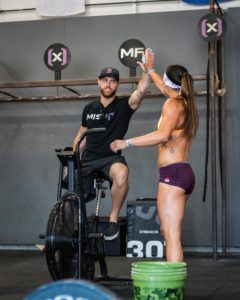
Most of us will agree that time is the most precious commodity in our lives. If you believe this to be true, stop going through the motions. Adopt the concept of taking things one step (or rep) at a time and reap the benefits you set out after in the first place.
12. Every action deserves your attention.
You read number eleven and immediately thought of places in your life or training where you could use a little more focus. But I said every action. And I meant it.
13. Connective tissue is the secret to your nagging injuries and movement faults.
Simply explained we are all set up to have one big continuous muscle holding up our entire body. This concept is made possible by connective tissue holding all of our structures together. Gymnastics are the model example of what connective tissue can do for real strength. Their ability to maintain strict positions while performing complex movements is both the cause and effect. Controlled time under tension both creates and showcases the abilities you’re adding by worrying about more than the big movers. It takes some serious rewiring for CrossFitters to slow down enough to experience this benefit from their accessory work. Jumpstart that process by caring more about control than load.
14. It’s time for CrossFit athletes to find a way to train full-time.
The string of Games champions that embody the lifestyle needed to succeed and their capable counterparts that are unable to do so tells us a lot about what it takes to be the best of the best. One day the fight for top ten at the Games will legitimately involve all forty athletes, and our examples of how to become the best now will be the norm. Stop waiting. I’m not saying I’ve got your solution coming in my next article, but all CrossFitters know that where there’s a will, there’s a way.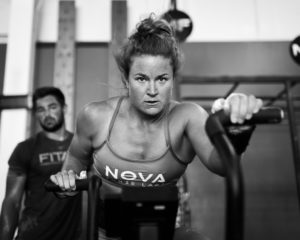
15. You can change, but you have to let it happen.
I see too many athletes lumping themselves into general categories relating to their perceived abilities. You are living proof that hard work creates change and that truth does not discriminate against movements or energy systems. Accept the fact that some things just take more work, and that you can change anything you want if you’re willing to take the path to do so.
16. Subtract five to ten percent off of strength work if your form is the limiting factor.
Nine times out of ten I find the solution to an athlete struggling to get stronger is the same thing. Either they lack enough patience to wait and see the results of their program, or their form is the equivalent of going too far beyond the prescribed percentages. As weights increase, a lack of efficiency becomes exponentially more costly. The next time you barely grind through the final few days of your strength cycle and fail to PR during testing, look back at the videos of your movement and whether it broke down. Going forward just drop the numbers five to ten percent and move with more efficiency and purpose. It never fails.
17. Confidence is king.
I honestly feel I saved the best for last here. A confident athlete is a very dangerous athlete. I see very extreme examples of this on almost a daily basis, and it has completely changed the way I program, coach, and communicate. The recipe is different for everyone, but the end goal is the same. You need to dedicate your entire offseason to being genuinely prepared for anything, and then believing it to be true. One without the other tends to be tragic or embarrassing. Knowing that you’re capable is the ultimate measure of harnessing your potential.
